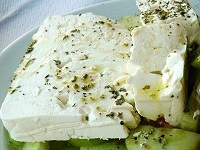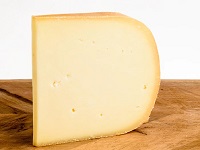Bourgogne Rouge (France)
(Burgundy Red)
Red Burgundy is made of 100% Pinot Noir.
Bourgogne Rouge Flavors
Cherries and wild berries are the most common Bourgogne Rouge aromas, with hints of herbs, flowers, mushroom, and soil.
Red Cherry |
Strawberry |
Raspberry |
Cranberry |
Black Cherry |
Blueberry |
Blackberry |
Black Currant |
Herbs |
Spices |
Mushroom |
Violet |
Oaked wines will have added notes of vanilla, spices, chocolate, and tobacco.
Vanilla |
Cinnamon |
Chocolate |
Tobacco |
Bourgogne Rouge Profile
Pinot Noir is famous for a silky mouth feel, low tannins, lovely fruit aromas, and good acidity:
| SUGAR: | Dry (3 g/l) |
| BODY: | Light |
| TANNINS: | Low |
| FRUIT: | Medium - High |
| ACIDITY: | High |
| ALCOHOL: | 12-13% |
| Serving temperature: 14-15°C (57-59°F) Cru 15-16°C (59-61°F) | |
Bourgogne Rouge Food Pairing
Bourgogne Rouge is very food friendly and can be paired with a wide variety of dishes, especially grilled or roasted white meat:
Antipasti |
Salami |
Ham |
Soups |
Pasta |
Mushroom |
Risotto |
Truffle |
Pizza |
Sandwitch |
Hamburger |
Chili |
Goose |
Duck |
Rabbit |
Pork |
Excellent Pairings
Charcuterie. Salmon. Tuna.
Roasted Mushrooms. Mushroom Risotto.
Soups. Beef Burgundy.
Grilled. Roasted White Meat.
Poultry. Duck. Goose. Rabbit.
Grilled Pork. Ham. Bacon.
Spices
Basil. Cilantro. Coriander. Mint.
Cheeses
Comté. Brie. Camembert. Jarlsberg. Goat.
The Ideal Glass for Bourgogne Rouge
The Burgundy Glass is for swirling & releasing the wine aromas.

|
The shape of the glass captures and directs the delicate aromas to your nose
and leads the wine to the tip of your tongue for a better reception of the tastes.
The Burgundy glass was designed for the delicate and aromatic red wine Bourgogne Rouge, made from Pinot Noir grapes in Bougogne (Burgundy). |
Bourgogne Rouge Cheese Pairing
If You Like Bourgogne Rouge
You Will Also Like:
Black Grapes
34% Pinot Noir |
White Grapes
50% Chardonnay |
Red Wines 30%
Sparkling 10% |
White Wines 60%
Chardonnay |
Soil
Limestone and Clay |
Climate
Semi-continental |












